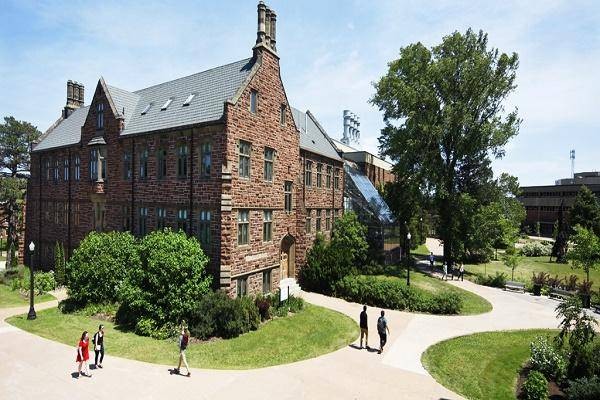
The millions of K-12 students who have returned to school this fall may find dramatic changes waiting in their science classrooms. In this and coming school years, new national standards are set to transform science education in the United States.
Released this April, the Next Generation Science Standards draw on decades of education research, aiming to improve US students’ performance in science-technology-engineering-math subjects. Twenty-six states worked together with national educational organisations to develop the voluntary guidelines. So far, seven states have adopted NGSS, with additional states debating the guidelines.
Proponents extol the new science standards’ emphasis on science skills, while critics worry they dumb down science education. NGSS is separate from the Common Core State Standards Initiative, which covers English and Mathematics and has been adopted by about 45 states.
Here are five things educators love or hate about the NGSS:
More than facts
For too long, science education in the US has emphasized rote memorization, said David Evans, the Executive Director of the National Science Teachers Association, which helped develop the NGSS.
That approach leaves out the most important part of science: the practices and critical thinking that scientists actually use to do their jobs. “Science is more than a textbook full of facts,” Evans said.
Under the NGSS, students will instead concentrate on asking questions, developing hypotheses, testing models, making evidence-based arguments and learning other skills that real scientists “use all the time,” Evans said.
Instead of simply telling a class that, for example, the phases of the moon follow from the orbits of the Earth and moon; teachers might ask students to posit theories. “The question might be, ‘Why doesn’t the moon look the same this week as it did last week?’” he said.
Seeing the edifice
By engaging kids in theory, the new standards will impart a better appreciation of the significance of science, said Jonathan Osborne, a professor of education at Stanford University, who helped develop the NGSS’s framework.
“The big achievements in science, the things that get your name in the books, are theories — Darwin, Einstein,” he said. “That needs to be communicated to students.”
Theories allow students to fit facts into an overarching structure, providing context for the information, he said. “What students need is a sense of the edifice of science,” Osborne said. “What they tend to get is the bricks.”
The move from facts to practice has left some observers of NGSS cold, however. The standards earned a “C” grade in a review conducted by the Thomas Fordham Institute, an independent education foundation. That middling grade came largely because the standards leave out important content, said Ursula Good enough, a biology professor at Washington University in St. Louis, and one of the review’s co-authors.
“We thought that a lot of the science was poorly done,” Goodenough said.
For instance, the reviewers found the NGSS’s treatment of Chemistry particularly lacking, said Douglas Buttrey, a chemical engineering professor at the University of Delaware, who also co-authored the review. “For example, the students do not directly learn about the elements until high school, when the Periodic Table of Elements is taught.”
Fordham found the standards’ use of “assessment boundaries” particularly damaging, Good enough said. These stipulations explicitly limit the topics that students should be expected to learn, though the standards do offer the option of including additional content. For example, an assessment boundary for middle-school chemistry states that students do not need to learn atomic masses or intermolecular forces. The Fordham reviewers note these “intermolecular forces” are the bonds that underlie chemistry.
“This struck me as unfortunate,” Good enough said. “If they wanted to have the content, they should have had it, not dumbed it down with boundaries.”
Overturning states’ standards
Push back against the standards has come from constituencies in a number of states, who see national guidelines as an imposition. In some cases, this takes the form of discomfort with politically charged topics. The standards are the first to recommend teaching climate change starting in middle school.
Kentucky Steve Beshear decided to implement the standards, despite a vote by a state congressional committee to reject them. Politics, not science, motivated the anti-NGSS vote, said Kentucky State Sen. Perry Clark, who voted in favor of the new guidelines.
“The furor is about climate and evolution,” Clark said. “Some said we had to wait for the opinions of the Kentucky citizens. I said, ‘You don’t wait for ‘opinions’ on science.”
Politics aside, many states might actually be better off keeping their existing standards, which were developed by individual state education boards using a variety of sources. (California, for example, drew on the National Science Education Standards, developed in 1996, as well as curricula from California and other schools.)The Fordham reviewers graded the NGSS inferior to the standards of 24 states, including some, like California, that have already adopted the new guidelines.
But while residents of some states may chafe at the idea of national guidelines, teachers should not view the NGSS as a burden, said Scott Brunner, a physics teacher at South High School in Grosse Pointe Farms, Mich.



